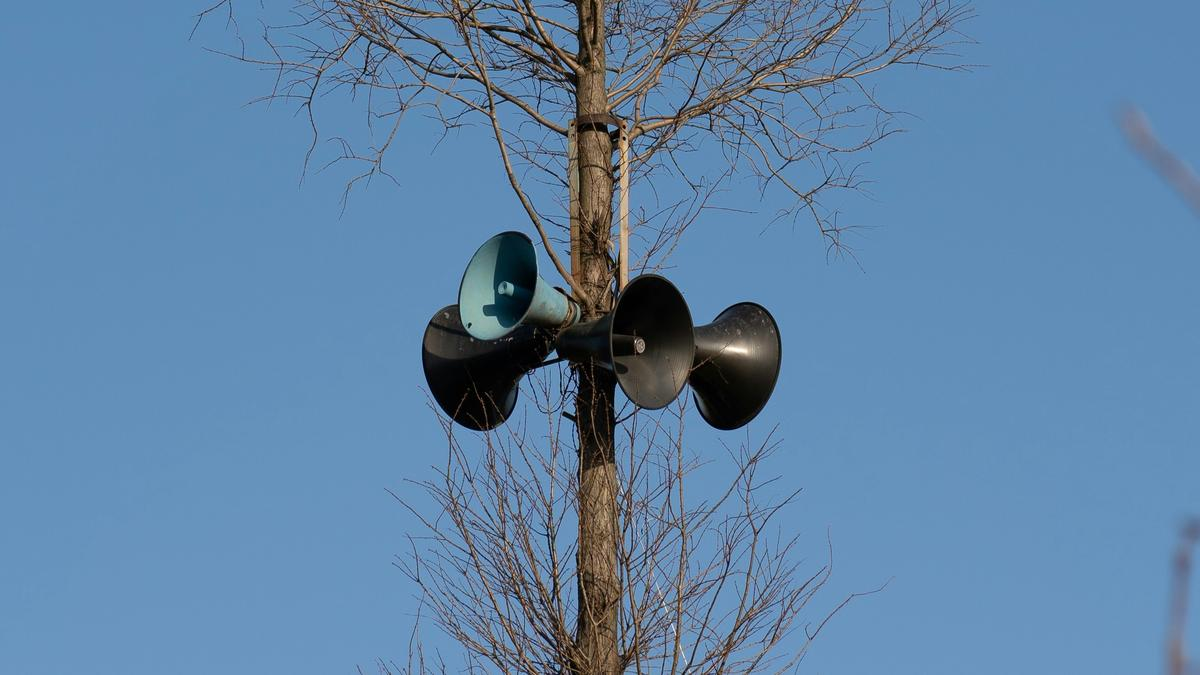Description

Disclaimer: Copyright infringement not intended.
Context
- The Indian Space Research Organisation (ISRO) has successfully launched the Aditya L1 spacecraft, which is designed to study the Sun from a distance of 1.5 million kilometers away.
- This mission marks a significant achievement for ISRO, as it required precise orbital maneuvers and a unique mission mode for the launch.
Details
Key highlights of the Aditya L1 mission include
Orbit Insertion
- The spacecraft was placed in a precise elliptical orbit with dimensions of approximately 235 km x 19,500 km.
- This orbit was achieved using the fourth stage of the Polar Satellite Launch Vehicle (PSLV), which had to be fired twice during the mission for the first time to ensure precise placement.
Mission Descent Strategy
- ISRO employed a new mission descent strategy to meet the challenging orbital requirements specified by the satellite team.
- Extensive simulations were conducted to validate this strategy.
Observation of the Sun
- The Aditya L1 spacecraft is equipped with seven payloads that allow it to comprehensively study the Sun.
- These instruments can observe the Sun in multiple wavelengths, including X-ray, UV, and visible light.
- The spacecraft will also study various phenomena associated with the Sun, such as radiation, particles, and magnetic fields.
L1 Point Orbit
- The spacecraft will gradually be raised through a series of maneuvers by the ISRO team until it reaches a halo orbit around the L1 point, which is located 1.5 million kilometers away from Earth.
- This location allows for excellent observations of the Sun.
Sun Study Objectives
- The primary objective of the Aditya L1 mission is to gain a deeper understanding of the Sun, including its radiation, heat, flow of particles, and magnetic fields. It is not intended to land on or approach the Sun closely.
Launch Timing
- The launch was timed to take advantage of the best observation window for studying the Sun. The spacecraft is expected to reach its designated orbit in early 2024, providing ample time for observations of the solar cycle.
International Collaboration
- ISRO is the third space agency in the world, after NASA and the European Space Agency (ESA), to place an observatory at the L1 point between Earth and the Sun.
MUST READ ARTICLES:
https://www.iasgyan.in/daily-current-affairs/aditya-l-1-mission
https://www.iasgyan.in/daily-editorials/daily-news-editorial-analysis-ii2-september-2023iiaditya-l1-first-solar-observatory-mission
|
PRACTICE QUESTION
Q. Discuss the technological challenges involved in placing an observatory at the L1 point and the international implications of this achievement."
|
.jpg)
https://indianexpress.com/article/technology/science/aditya-l1-isro-mission-8920955/
















